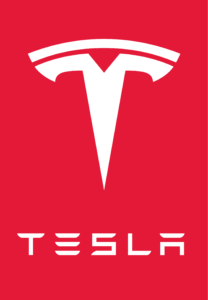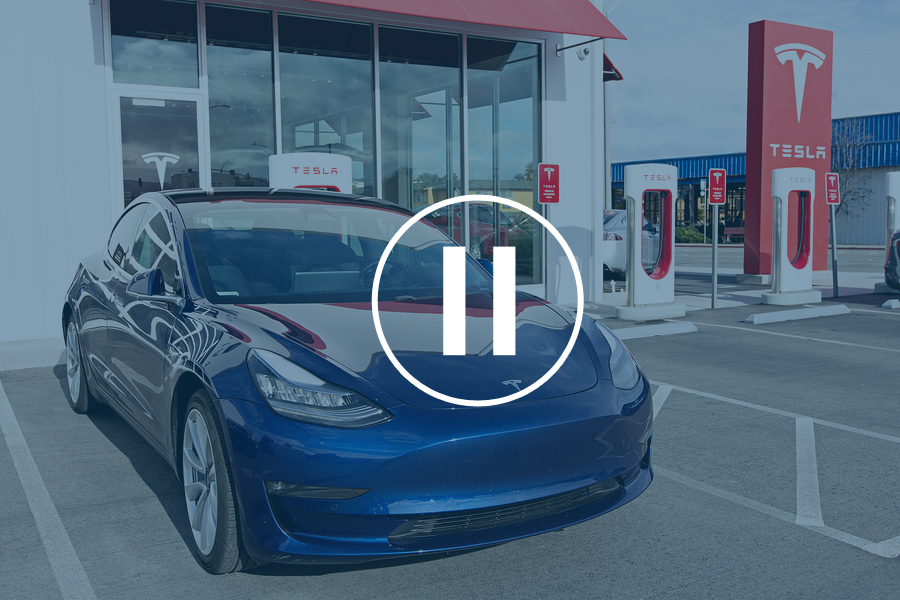In March 2016, Tesla started taking preorders for the Model 3 sedan; interested customers had to deposit $1,000 to reserve their vehicles. With over 400,000 orders on the books, Tesla CEO Elon Musk set a production target of 5,000 cars per week by the end of 2017. Having fallen behind that quota and still lagging four months later, Musk announced last week that Model 3 production would pause for a few days so Tesla manufacturers could improve their production processes.
What happened?
Musk’s plan for Model 3 development was to automate the car manufacturing process and thereby decrease the number of people necessary to manufacture the vehicles. Therefore, Tesla engineers developed a robotic production line for manufacturing the Model 3. Musk’s expectation was that this automation would speed up the process and enable Tesla manufacturers to meet production goals.
From the outset, issues arose with this manufacturing process. These issues led to repeated delays, which finally culminated in last week’s announcement of a production break. Some of the issues that led to this decision include:
- Battery problems — The automated line at the Tesla Gigafactory could not keep up with the demand for batteries for the Model 3. As a result, manufacturers had to recruit workers from Gigafactory partner Panasonic to manually produce the required lithium batteries.
- Inexperienced workers — Some of the quality control workers Tesla manufacturers hired were new and inexperienced. As such, quality inspectors made “sloppy calculations” and missed production flaws.
- Wear and tear — With a fully automated manufacturing process, the robotic arms experienced a lot of wear and tear. This resulted in the robotic arms breaking down frequently, consequently leading to manufacturing process delays.
As Tesla is not historically an automotive company, its manufacturers did not have established processes in place. With the opportunity to improve, however, Tesla manufacturers now have the chance to eliminate such production bottlenecks and reach Musk’s weekly production goals.

Part of the improvement effort will involve re-evaluating the role of people in the production process. Musk initially believed that people were redundant in the car manufacturing process and full automation was ideal to optimize car production. He has, however, revised his previous opinion, conceding that people have a significant role to play. In a tweet, Musk said, “Yes, excessive automation at Tesla was a mistake…To be precise, my mistake. Humans are underrated.” Musk will be adding 400 people to the Tesla Fremont facility and another 400 workers to the Gigafactory each week over the next few weeks to remedy the issues and attempt to produce his revised goal of 6,000 vehicles per week by June.
What does this mean for manufacturers? Don’t underestimate the power of people in the industry.
